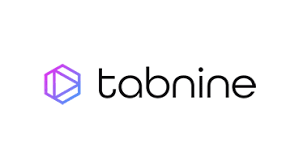Sapling is a language translation and localization platform designed to streamline the process of translating content for businesses. It offers a range of features to facilitate translation management, collaboration among teams, and integration with existing workflows.
Sapling simplifies the translation process by providing a centralised platform for managing translation projects. It offers a user-friendly interface and powerful features to ensure efficient and accurate translations for businesses of all sizes. Key features of Sapling include:
- Project Management: Sapling allows users to create and manage translation projects easily. Users can upload content for translation, set deadlines, and track the progress of each project from start to finish.
- Collaboration Tools: The platform enables collaboration among team members, translators, and reviewers. Users can assign roles and permissions, leave comments, and communicate directly within the platform to ensure clear communication throughout the translation process.
- Translation Memory: Sapling utilizes translation memory technology to store previously translated content. This helps maintain consistency and reduces translation time and costs by reusing existing translations for similar content.
- Integration: Sapling integrates with various content management systems (CMS), e-commerce platforms, and other tools commonly used by businesses. This allows for the seamless integration of translation workflows into existing processes.
- Quality Assurance: Sapling includes quality assurance features such as automated checks for spelling, grammar, and formatting errors. It also provides tools for linguistic validation and review to ensure the accuracy and quality of translations.
How to Use Sapling
Using Sapling to manage translation projects is straightforward. Here’s a step-by-step guide to get started:
- Sign Up: Create an account on the Sapling platform and log in to access the dashboard.
- Create a Project: Click on the “New Project” button and enter project details such as project name, source language, target language(s), and deadline.
- Upload Content: Upload the content you want to translate. This could include website pages, marketing materials, product descriptions, or any other text-based content.
- Assign Translators: Assign translators to work on the project. You can choose from Sapling’s network of professional translators or invite your own team members to collaborate.
- Manage Workflow: Track the progress of translation tasks, communicate with team members, and review translations using Sapling’s collaboration tools.
- Review and Approve: Once translations are complete, review the translated content for accuracy and quality. Make any necessary revisions or edits before approving the final translations.
- Integrate with CMS: If desired, integrate Sapling with your CMS or other tools to automate the translation process and streamline content localisation.
- Monitor Performance: Use Sapling’s reporting and analytics features to monitor project performance, track translation costs, and identify areas for improvement.
By following these steps, businesses can effectively leverage Sapling to streamline their translation workflows, improve efficiency, and ensure high-quality translations for their global audience.
See also: OpenAI Challenges Google With AI-Powered Search Tool

















